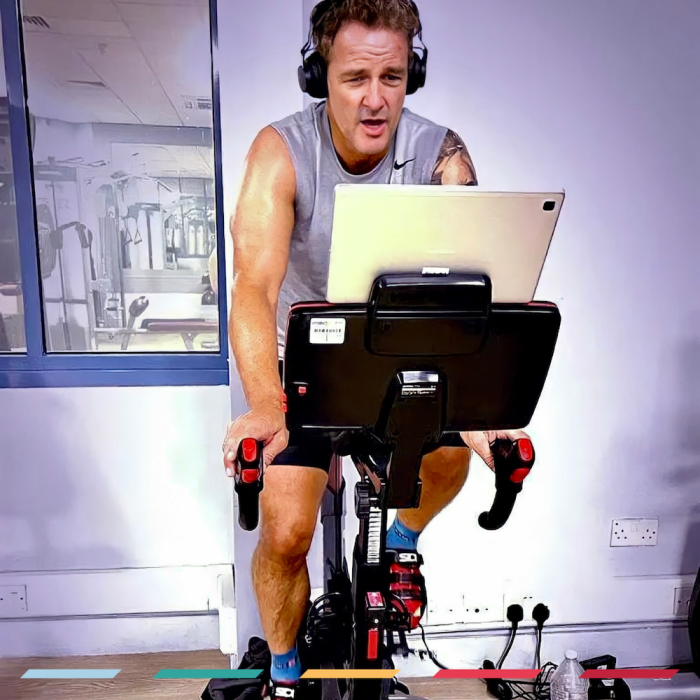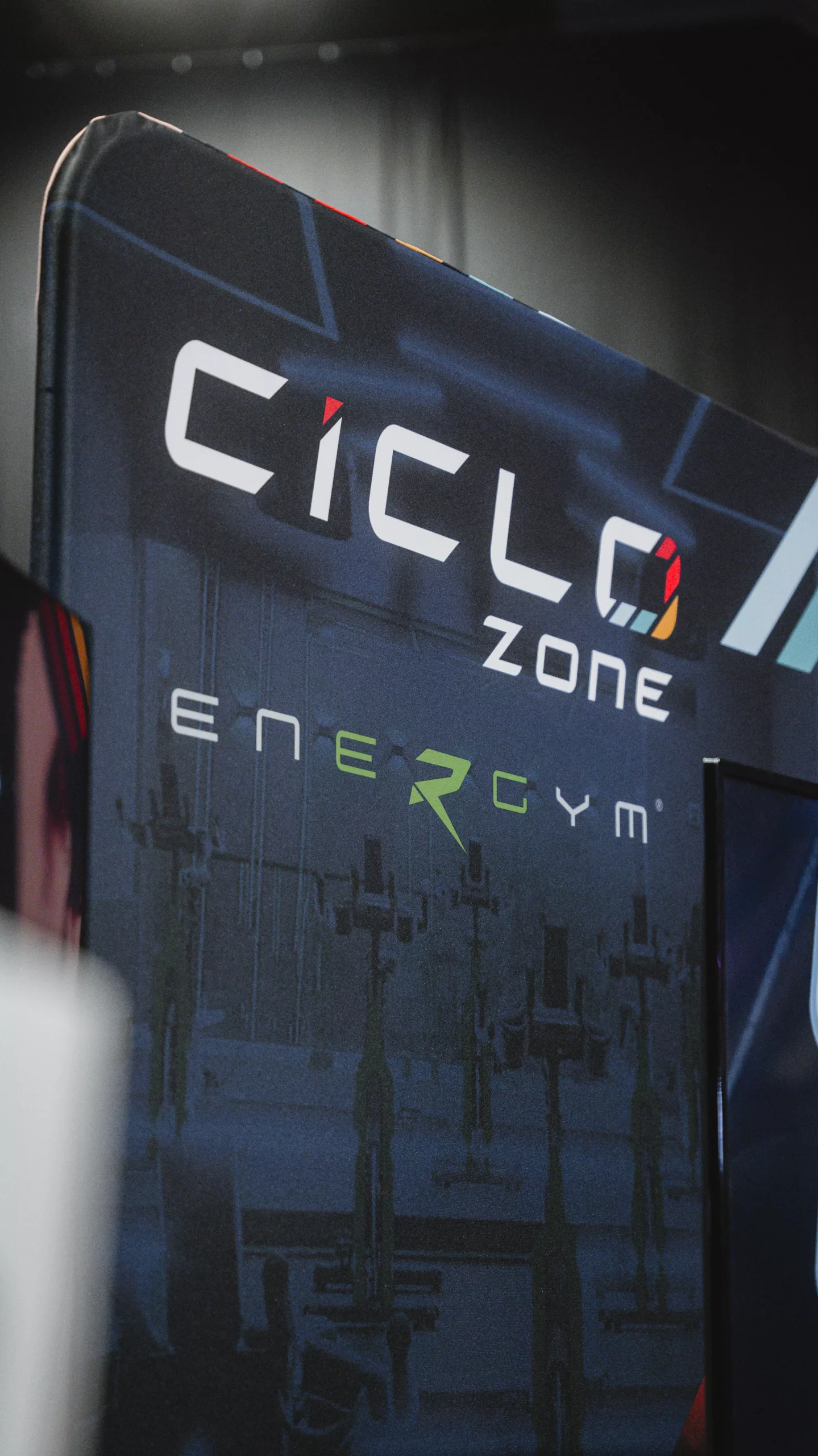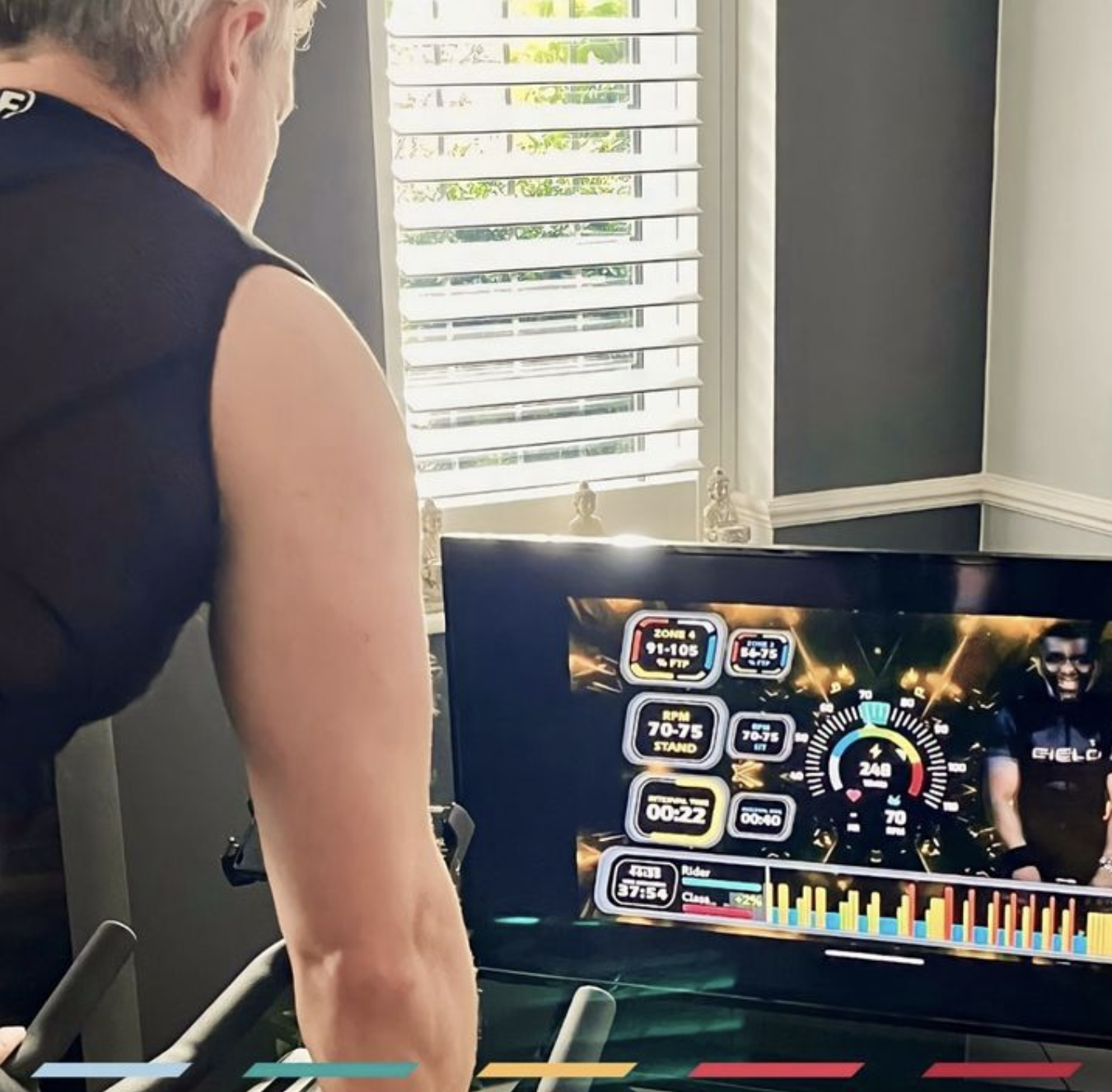Hahaha, don’t be fooled by the title of this blog… I’m NOT going to spend the next 300 words talking specifically about long jumping in a blog about cycling, but the generalisation is that you can improve many aspects of performance for other sports by including cycle training in your preparation for those sports, as long as you can profile your training to stimulate the correct energy systems at the correct intensity. I remember one beautiful summer’s day in the main training hall at the National Olympic training Centre in Holland, The Papendal, with 8 power bikes, 4 members of the Chinese Olympic Track and Field team (a triple jumper, two long jumpers and a high jumper if I remember correctly), female Olympic 100 and 200 mtr sprinters from Britain and Holland and a rather quizzical looking American Olympic Sprint coach named Rana Reider. Rana is a great guy, forthright and to the point, maybe a little too forthright in the eyes of some of his peers, but in this case he was ‘intrigued’, lets say, to how a cyclist was going to use bikes to train all these top international athletes to an intensity level higher and with more specificity than you could do on the track. Well, this is basically what I do every damn day of my life, so to me… it was simple!
Firstly, I need to begin with the basics, so we always start with Power and Power output which, when simplified is Power = Force x Velocity. This equation is not a cyclists equation, it is a basic physics equation to be applied to any sport or even activity that requires an individual to produce power from any one or combination of their energy systems… and on an indoor bike the two variables in the equation are affected by the resistance placed on the flywheel of the bike and the RPM at which you pedal (which as well as affecting the cardio vascular input also determines the neuromuscular effort involved in recruiting muscles in terms of volume and speed). So, that’s the bare basics done, let’s get on with the cleverer bit.
Applying these variables or combination of these variables to another activity or sport, you need to look at the way that an individual would deliver the power in this activity or sport in terms of this speed and volume. In terms of a 100 mtr sprinter we are looking for example at a 95 to 110 frequency or RPM to replicate the speed of muscle recruitment involved in this discipline, a 200 mtr sprinter slightly slower at 85 to 100 and a 400 mtr runner slightly slower again at 75 to 90. These sprinter recruitment profiles can be used also for jumpers on the runway with Long and Triple jumpers very similar to the 100 mtr profile and high jumpers around the 400 mtr or even 800 mtr profile.
Generally, then we can set our RPM values for each individual and now I conducted the FTP 5 min testing on the set RPM for each depending on discipline. Once we had our FTP figures for our individual athletes I now profiled short sessions to replicate the way the athletes released their power and simply played with intensities based on the FTP results. For example, the 100 mtr runners had 10 x red zone intervals of 12 secs each with 60 second recoveries trying to maintain over 150% FTP for each 12 sec effort, all at 95 to 110 RPM. The aim here was to max out to a neuromuscular level output for the average length of a 100 mtr race promoting the required muscle recruitment. Apart from the bike being able to confirm the correct power output on each interval was met the bike has other obvious advantages to training of this kind.
Firstly, the bike recruits posterior chain muscles much more readily than standard sprint exercises on the track which balances the leg action and with enhanced posterior chain speed and power, can return the driving leg back to a position to begin its next driving motion more quickly, thus adding a little leg speed and extra drive into every stride.
Secondly, the muscles can be worked much harder on a bike, to much higher intensity levels in a controlled interval simply due to the lack of contact with the ground and the negative impact effects that gravity affected training has on connective tissues and joints during that impaction. A bike simply negates the effect of gravity turning the body into a much more efficient machine.
Thirdly, and most importantly, the individual can see in real time the objective and the achievement on each interval and in between the performance interval a controlled active recovery interval can be adhered to to optimise recovery, therefore optimising performance and cutting down on unnecessary time spent training inefficiently.
All the athletes with me that day had a training profile created, from the long jumper given 10 intervals which consisted of 10 second Zone 5 followed by a 5 second standing max out by increasing RPM to max with 95 rpm Z1 60 sec recoveries in between, the triple jumper had similar 20 second intervals which involved 10 secs Z5 at 95 to 110RPM but a switch to 60 to 70 RPM max out red zone out of the saddle for 10 Secs before seated 60 sec 95 to 110 recovery in zone 1.
Now, I’m not going to spend the same time talking through each athlete or discipline but needless to say you can, and I have, established profiles for many athletes, footballers, front row rugby players and back row rugby players, profiles that were designed to increase power output, or designed to increase the amount of time power could be outputted for. I’ve worked with professional club physiologists and S&C coaching teams simply using bikes to find optimum warm up and cool down intensities and times for different footballers. For example , before taking to the pitch such as I did in front of the S&C coaching staff at PSV Eindhoven where I was given an honorary position on the coaching team and presented with a PSV coaching shirt which I still have in my wardrobe in my home. I’ve even developed an energy system Functional Threshold testing procedure to be applied to all footballers to be kept on file, which can be used to gauge a footballers progress when returning from injury. Three FTP test of 5 mins are conducted on consecutive days. One at 60rpm, one at 90rpm and another at 120rpm. The results of which can be plotted on a graph to give each player their own unique power curve. When returning from injury, a player can be retested and results compared to the ‘fully fit’ results and if lacking power in one or more areas of the 60 to 120rpm strength/speed spectrum, then further rehab or training can be given to the individual to improve specifically in these areas and only when they achieve replication of the initial power curve would a physio deem the player fit enough to get back out onto the pitch.
Now, obviously the bike is not there to replace any conventional training that any of these athletes currently use and I’m pretty sure that a lot of athletes would rather spend 30 minutes in gell than sitting on a bike saddle killing themselves with no place to hide from the data being collected by their trainer, but I’m pretty sure that the bike training concepts I’ve summarised above could be expanded and applied to anyone wishing to improve the way their body performs in any given discipline simply due to the fact that until NIKE or ADIDAS bring out the first running shoes with power meters in the soles …(and believe me, they are on their way!!) … then cycling is uniquely positioned as the only way to accurately measure power from the legs in a controlled and safe environment, and coupled with knowledge of Energy System Development, Biomechanics and basic training methods can be applied to anyone wishing simply to become better at what they do.
Many people believe that CicloZone is ‘just another spinning app’, well.. it’s NOT, because my passion is actually educating and Ciclo is built around that education.
Education stimulates learning and creates knowledge and knowledge is real power, so with that in mind we all should learn, educate ourselves and teach others at every opportunity, to keep growing.




